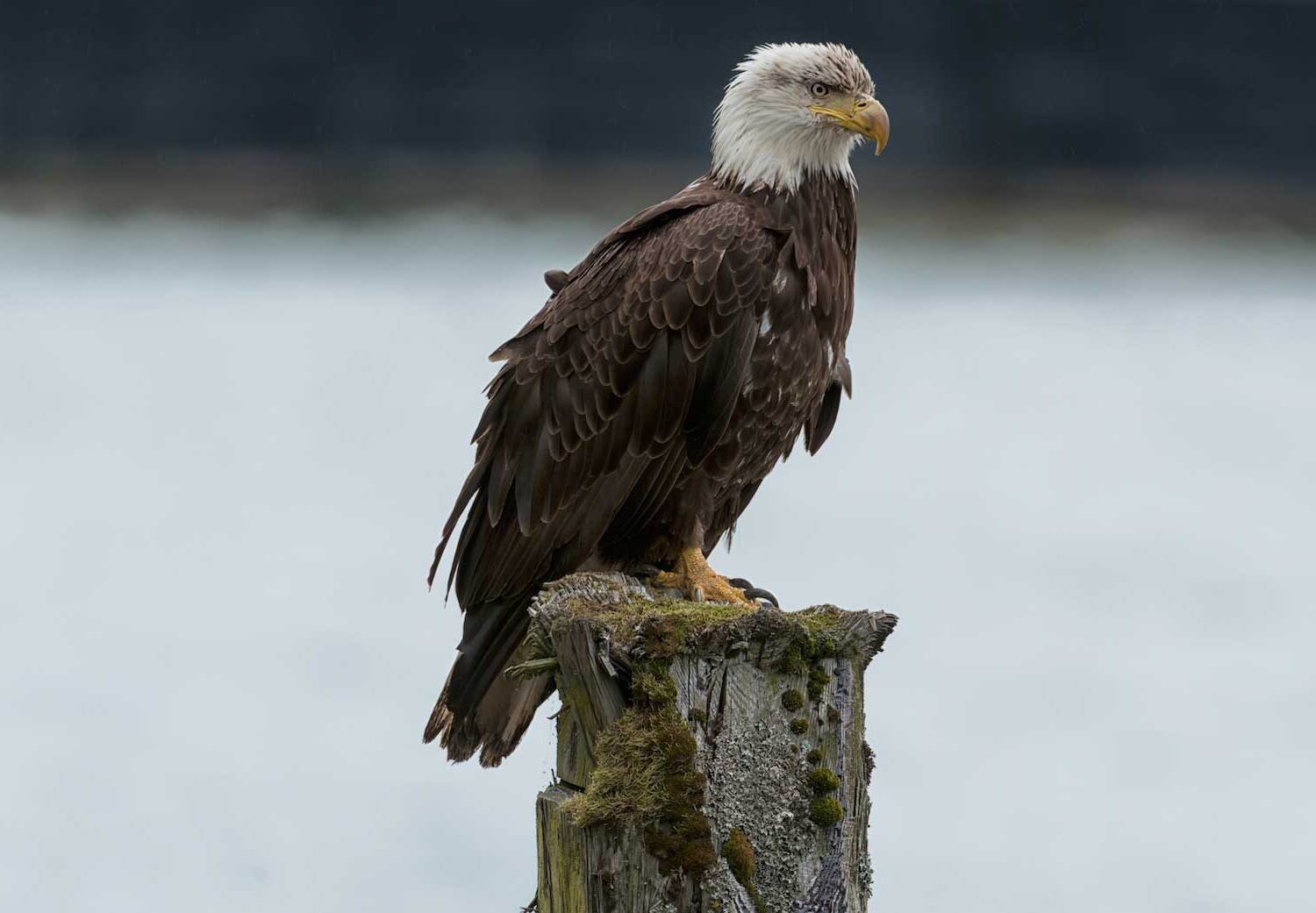
Ever wondered why bald eagles are synonymous with freedom and strength? Well, you're about to find out! These majestic birds, with their impressive wingspans and piercing eyes, have fascinated humans for centuries. From their unique hunting skills to their symbolic significance, bald eagles hold a special place in the natural world and in the hearts of many. But what makes these feathered creatures so remarkable? Bald eagles are not just any bird; they are a symbol of resilience and majesty. In this blog post, we'll soar through 15 fascinating facts about these sky rulers. Ready to spread your wings and dive into the world of bald eagles? Let's get started and uncover the mysteries of these majestic birds!
Key Takeaways:
- Bald eagles, not actually bald, symbolize freedom and strength in American culture. Their remarkable conservation success is a powerful example of wildlife protection and the enduring symbol of freedom they represent to Americans.
- These majestic birds prefer habitats near large bodies of water and primarily feed on fish. Their loyalty to their partners, unique hunting techniques, and significant role in American culture make them truly fascinating creatures.
Understanding Bald Eagles: Symbols of Freedom
Bald eagles, with their majestic presence, have long been symbols of freedom and strength. These birds of prey are not only fascinating due to their physical attributes but also because of their significant role in American culture.
-
Bald eagles are not actually bald. Their name derives from an old English word, "balde," meaning white. This refers to the contrast between their white-feathered heads and dark body and wings.
-
These birds are found exclusively in North America, making them a unique symbol of the United States.
The Habitat of Bald Eagles
Bald eagles prefer habitats near large bodies of open water. This preference is due to their diet, which primarily consists of fish.
-
They thrive in environments ranging from the bayous of Louisiana to the icy realms of Alaska. Each location offers ample fishing opportunities, which is crucial for their survival.
-
Nesting sites are typically located in tall trees or high cliffs. These locations provide safety for their young from potential predators.
Diet and Hunting Techniques
The diet of bald eagles is quite versatile, though they have a preference for fish.
-
They possess exceptional vision, allowing them to spot fish from several hundred feet above water. This keen eyesight is essential for hunting.
-
Bald eagles are known to steal food from other birds, a behavior known as kleptoparasitism. This opportunistic feeding strategy showcases their adaptability.
Reproduction and Lifespan
Understanding the reproduction habits and lifespan of bald eagles offers insight into their survival strategies.
-
Bald eagles mate for life, a rare trait among birds. Their loyalty to their partners is a testament to their social structure.
-
They lay between one to three eggs per year. However, not all offspring survive to adulthood, making each successful hatch significant for population maintenance.
-
In the wild, bald eagles can live up to 20 years. In captivity, their lifespan can extend up to 50 years, thanks to medical care and consistent food supply.
Conservation Status and Efforts
The story of bald eagle conservation is a testament to human impact on wildlife and the power of concerted conservation efforts.
-
Once on the brink of extinction due to hunting, habitat destruction, and the effects of DDT, bald eagles have made a remarkable comeback.
-
They were removed from the U.S. Endangered Species List in 2007. This achievement highlights the success of wildlife protection laws and conservation efforts.
-
Ongoing conservation efforts focus on habitat preservation, monitoring of eagle populations, and education about the importance of these majestic birds.
Bald Eagles and American Culture
Bald eagles hold a special place in American culture, symbolizing the country's values and ideals.
-
Since 1782, the bald eagle has been the national emblem of the United States, representing freedom, strength, and independence.
-
Their image adorns various official seals, including the Great Seal of the United States, reflecting their importance in American symbolism.
-
Bald eagles also play a significant role in Native American cultures, revered as spiritual symbols and featured prominently in folklore and rituals.
Bald eagles, with their striking appearance and significant cultural impact, continue to fascinate and inspire. Their story of near extinction and remarkable recovery serves as a powerful example of conservation success and the enduring symbol of freedom they represent to Americans.
A Soaring Recap
We've soared through the skies, uncovering the majesty of bald eagles. From their impressive wingspan to their role as national symbols, these birds command respect. Their diet, nesting habits, and migration patterns reveal a creature perfectly adapted to its environment. We learned about their incredible vision, which helps them spot prey from great distances. Conservation efforts have brought them back from the brink of extinction, showcasing human commitment to preserving nature's wonders. Bald eagles aren't just birds; they're symbols of freedom and strength that continue to inspire awe in all who watch them glide through the sky. Next time you spot one, remember the fascinating facts that make these creatures so remarkable. They're not just part of the ecosystem; they're an integral part of the nation's identity, embodying the wild spirit of freedom.
Frequently Asked Questions
Was this page helpful?
Our commitment to delivering trustworthy and engaging content is at the heart of what we do. Each fact on our site is contributed by real users like you, bringing a wealth of diverse insights and information. To ensure the highest standards of accuracy and reliability, our dedicated editors meticulously review each submission. This process guarantees that the facts we share are not only fascinating but also credible. Trust in our commitment to quality and authenticity as you explore and learn with us.


